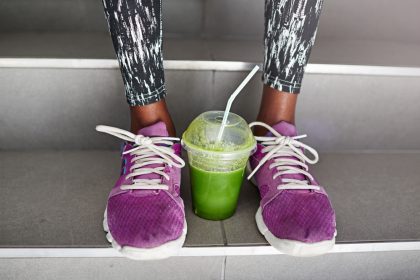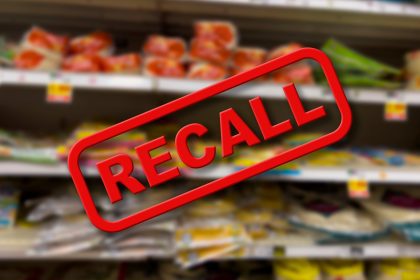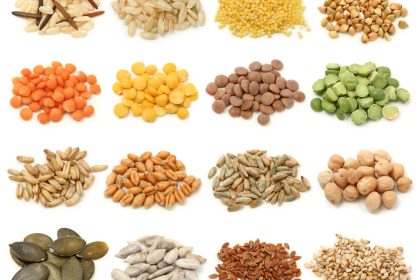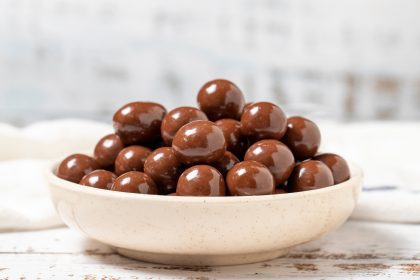Consumer safety questions emerge as popular beverages face scrutiny

Rising industry concerns
The energy drink industry has been under the spotlight as highly caffeinated beverages continue to surge in popularity. While energy drinks are marketed as convenient energy boosters, they are increasingly linked to serious health concerns. Recent events, including lawsuits and calls for regulation, have intensified the focus on the caffeine content and marketing strategies behind products like Celsius, Prime, and Panera’s Charged Lemonade. With the industry expanding rapidly, it’s essential to understand what these developments mean for consumers.
Market dynamics and safety issues
Energy drinks have evolved from niche products to mainstream staples, with brands strategically positioning themselves in different markets. Some products, like Celsius, align themselves as fitness supplements aimed at enhancing physical performance. Others, such as Prime, appeal to a wider audience looking for a quick energy fix without necessarily focusing on workouts. This variance has raised questions about product safety and how companies market their offerings.
For many consumers, the line between energy drinks and pre-workout supplements can be blurry. However, the real concern lies in the fact that not all brands provide clear information about their caffeine content, ingredients, or potential health risks. This has led to debates on whether safety regulations need to catch up with the growing energy drink market.
Understanding caffeine content
Caffeine, the active ingredient in energy drinks, can be beneficial for performance when used correctly. However, the amount varies widely between products, with some drinks delivering as much as 200 milligrams of caffeine per serving—well above what many health experts consider safe.
For a better understanding, here’s a breakdown of recommended caffeine guidelines:
- Pre-workout dosage: 3-6 milligrams per kilogram of body weight is generally considered safe for enhancing workout performance.
- Timing: The best time to consume caffeine is around one hour before exercising to maximize its benefits.
- Daily limits: Health experts suggest keeping total caffeine consumption, including all sources (coffee, tea, chocolate, etc.), under 400 milligrams for most adults.
- Tolerance: Not everyone responds to caffeine in the same way, so individual tolerance levels can significantly impact health outcomes.
Athletic performance impact
The impact of caffeine on athletic performance has been well-documented in research. When consumed in moderate amounts, caffeine can be a game-changer for workout efficiency and focus:
- Endurance capacity: Caffeine has been shown to improve endurance, allowing athletes to maintain their performance for longer periods.
- Reduced perceived exertion: It helps decrease the sensation of fatigue during physical activity.
- Enhanced focus: The stimulant properties of caffeine improve mental alertness, making it easier to stay engaged during training sessions.
- Metabolic benefits: Caffeine can increase metabolic rate, which can aid in fat burning and overall energy production.
However, these benefits come with a caveat: excessive caffeine intake can lead to side effects that outweigh the positives.
Health risk considerations
High caffeine intake, particularly from energy drinks, poses several potential risks:
- Cardiovascular issues: Caffeine can cause a spike in heart rate and blood pressure, potentially leading to cardiovascular strain.
- Anxiety and nervous system stimulation: High doses can increase feelings of anxiety and restlessness, disrupting day-to-day activities.
- Gastrointestinal discomfort: Some consumers may experience stomach issues, such as nausea or cramps, after consuming energy drinks.
- Sleep disturbances: Caffeine’s stimulating effects can interfere with sleep patterns, leading to poor rest and a cycle of increased dependence on energy drinks.
- Dependency risk: Over time, individuals may develop a tolerance, requiring larger amounts to achieve the same energy boost, raising the risk of dependency.
Marketing and consumer protection
Energy drink marketing has also come under scrutiny, particularly concerning:
- Youth-targeted advertising: Brands often market their products using imagery and messaging that appeal to younger consumers, raising concerns about long-term health implications.
- Health claims: Some products make bold claims about their health benefits, which may be misleading or unsubstantiated.
- Labeling accuracy: Accurate information on labels is essential for consumers to make informed decisions. Inconsistent or misleading labeling can lead to unexpected health risks.
- Consumer education: Efforts to educate consumers on the potential effects of energy drinks and how to use them safely are necessary but often lacking.
Alternative energy solutions
For those looking to boost energy without over-relying on high-caffeine energy drinks, several safer options exist:
- Natural carbohydrate sources: Fruits, whole grains, and other complex carbs provide sustained energy without caffeine.
- Traditional tea options: Green tea and black tea offer a gentler caffeine boost and come with added antioxidants.
- Nutrition timing: Proper meal timing and balanced snacks can help maintain energy levels throughout the day.
- Hydration: Staying hydrated is key for overall energy and preventing fatigue.
Conclusion
As the energy drink market continues to grow, consumers must remain vigilant about their choices and be aware of the potential risks associated with high caffeine intake. Recent controversies surrounding popular energy drink brands highlight the need for more transparency and consumer education. By understanding the benefits, risks, and alternatives to energy drinks, individuals can make more informed decisions and prioritize their health and well-being.
















